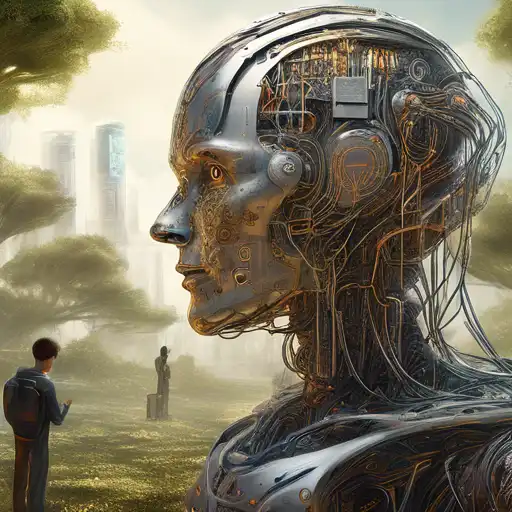Introduction to Natural Language Processing
Natural Language Processing (NLP) stands at the intersection of computer science, artificial intelligence, and linguistics. It's the technology that enables machines to understand, interpret, and generate human language in a way that is both meaningful and useful. From voice-activated GPS systems to customer service chatbots, NLP is revolutionizing how we interact with technology.
The Mechanics of Machine Understanding
At its core, NLP involves several key processes: syntax analysis (parsing the structure of sentences), semantic analysis (understanding the meaning behind words), and pragmatic analysis (interpreting language in context). These processes allow machines to break down human language into understandable components, making sense of our queries and commands.
Applications of NLP in Today's World
NLP powers a wide range of applications that many of us use daily. These include:
- Search Engines: Google and Bing use NLP to understand search queries and deliver relevant results.
- Virtual Assistants: Siri, Alexa, and Google Assistant rely on NLP to process and respond to voice commands.
- Translation Services: Tools like Google Translate use NLP to provide accurate translations between languages.
- Content Moderation: Social media platforms employ NLP to detect and filter inappropriate content.
Challenges in Natural Language Processing
Despite its advancements, NLP faces several challenges. Ambiguity in language, cultural nuances, and the ever-evolving nature of human speech make it difficult for machines to achieve perfect understanding. However, ongoing research in machine learning and computational linguistics continues to push the boundaries of what's possible.
The Future of NLP
The future of NLP is incredibly promising. With the advent of more sophisticated algorithms and the increasing availability of large datasets, machines are getting better at understanding human language. Innovations like sentiment analysis and emotion detection are opening new avenues for NLP applications, making technology more intuitive and responsive to human needs.
Conclusion
Natural Language Processing is a fascinating field that bridges human communication and machine intelligence. As technology advances, the potential for NLP to transform our interaction with machines is limitless. Whether it's through more accurate translations, smarter virtual assistants, or innovative content creation tools, NLP is set to redefine the boundaries of human-machine collaboration.
